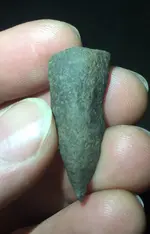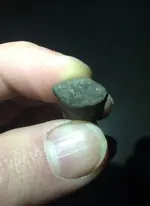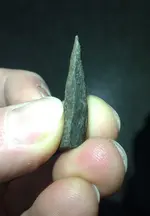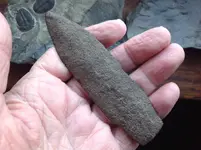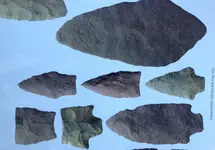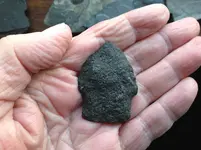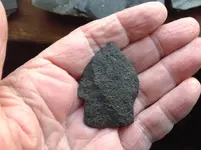Good luck jack
Greenie
- Joined
- Jan 23, 2018
- Messages
- 14
- Reaction score
- 35
- Golden Thread
- 0
- Primary Interest:
- All Treasure Hunting
Hello All! I’m new to this site and new to finding arrowheads. Over the weekend, I searched for some arrowheads and I “think” I found one but I’m not sure. Could this be my first arrowhead? If so, anyway to know how old it is? It looks like the point broke off. I found it along a creek in South Jersey where Indians use to be. I also found this black looking tooth?? Any ideas? Thanks everyone!!
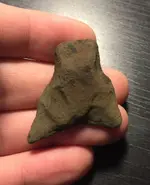
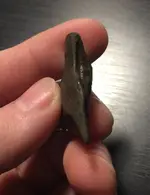
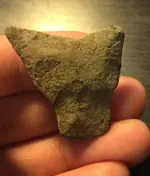
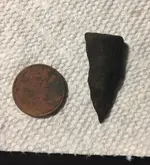
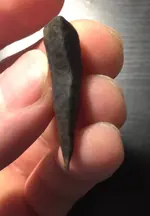
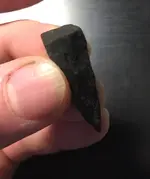
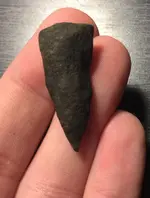







Amazon Forum Fav 👍
Upvote
0



 Welcome to tnet!
Welcome to tnet!